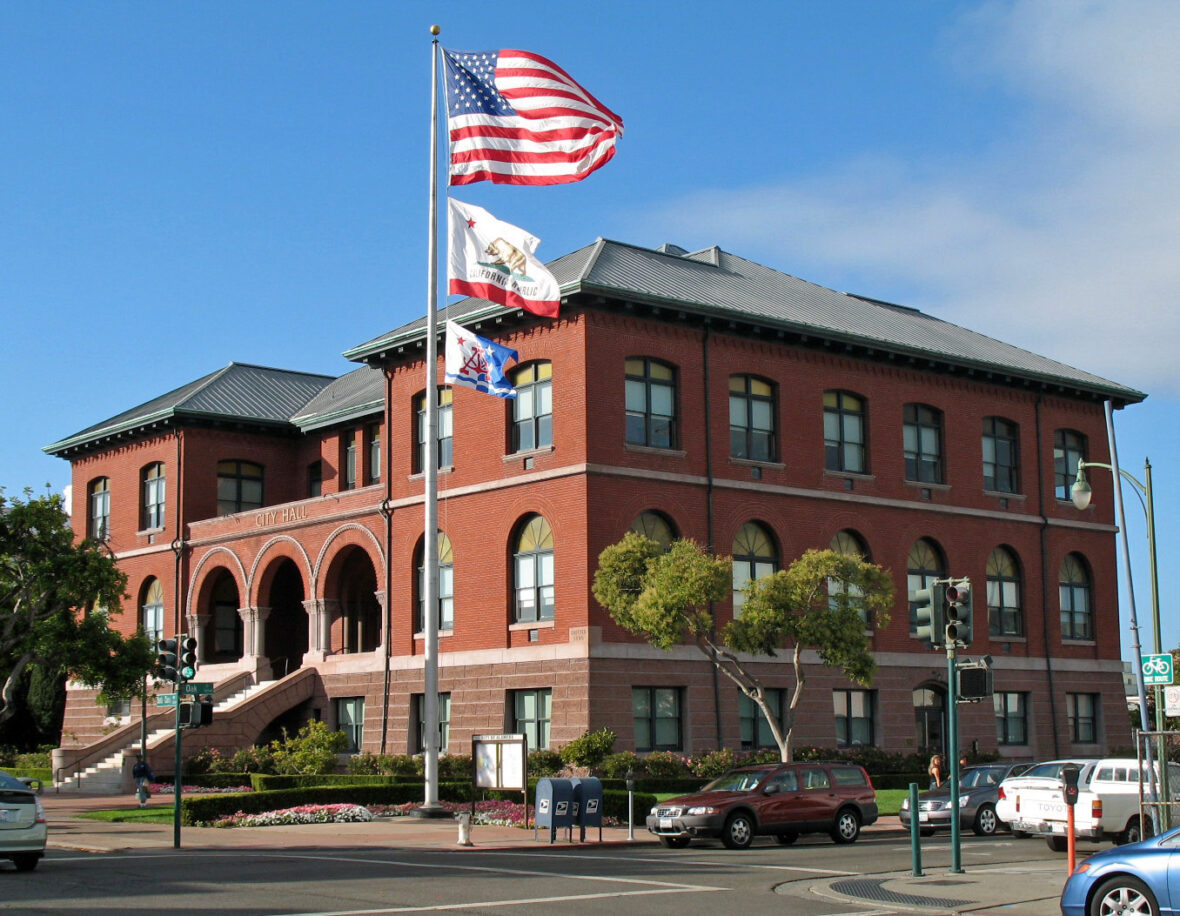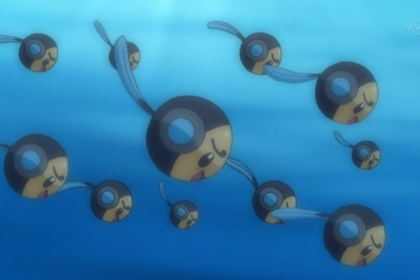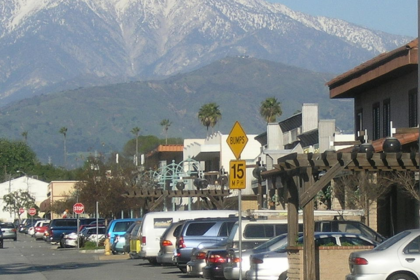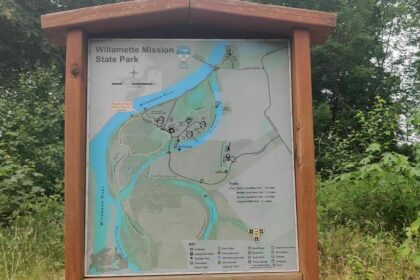Alameda is a city in Alameda County, California, United States. Take a look below for 30 interesting and awesome facts about Alameda, California, United States.
1. It spans Alameda Island, Bay Farm Island, and a few minor islands.
2. It is adjacent to and south of Oakland and east of San Francisco across the San Francisco Bay.
3. Bay Farm Island, a portion of which is also known as “Harbor Bay Isle”, is part of the mainland adjacent to Oakland International Airport.
4. The city’s estimated 2019 population was 77,624.
5. Alameda is a charter city, rather than a general law city, and adopted a council–manager government in 1916.
6. Alameda occupies what was originally a peninsula connected to Oakland.
7. Much of it was low-lying and marshy. The higher ground nearby and adjacent parts of what is now downtown Oakland were the site of one of the largest coastal oak forests in the world. Spanish colonists called the area Encinal, meaning “forest of evergreen oak”.
8. Alameda is Spanish for “grove of poplar trees” or “tree-lined avenue.”
9. It was chosen as the name of the city in 1853 by popular vote.
10. The inhabitants at the time of the arrival of the Spanish in the late 18th century were a local band of the Ohlone tribe. The peninsula was included in the vast Rancho San Antonio granted in 1820 to Luis Peralta by the Spanish king who claimed California.
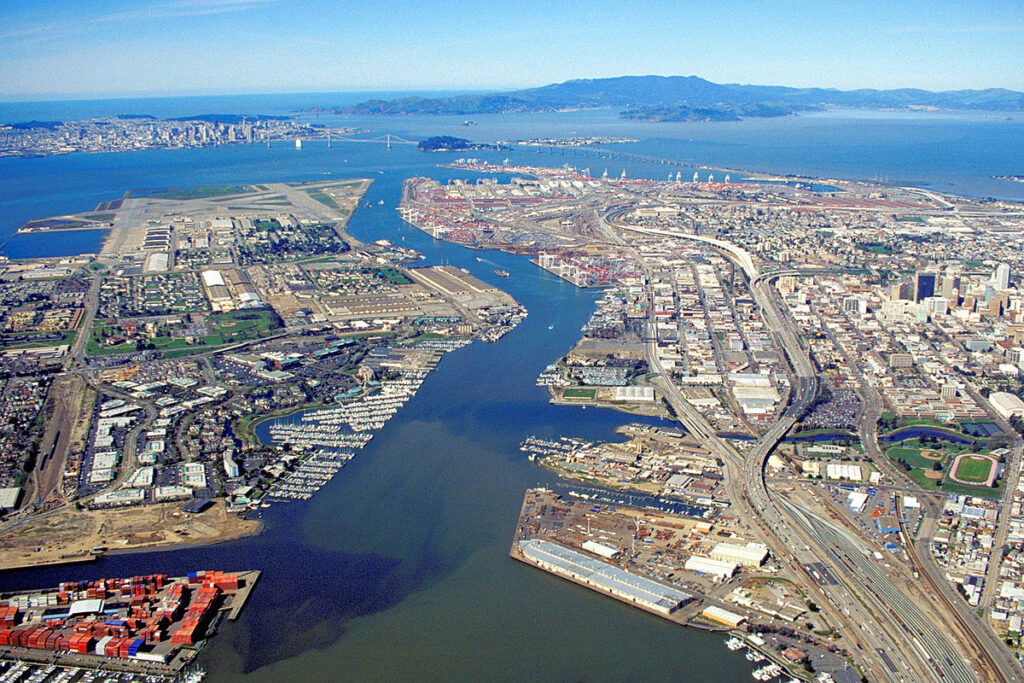
11. The grant was later confirmed by the Republic of Mexico upon its independence in 1821 from Spain.
12. Over time, the place became known as Bolsa de Encinal or Encinal de San Antonio.
13. The city was founded on June 6, 1853, after the United States acquired California following the Mexican-American War of 1848. The town originally contained three small settlements.
14. “Alameda” referred to the village at Encinal and High streets, Hibbardsville was located at the North Shore ferry and shipping terminal, and Woodstock was on the west near the ferry piers of the South Pacific Coast Railroad and the Central Pacific. Eventually, the Central Pacific’s ferry pier became the Alameda Mole, featuring transit connections among the San Francisco ferries, local trollies, and Southern Pacific (formerly Central Pacific) commuter lines.
15. The first post office opened in 1854.
16. The first school, Schermerhorn School, was opened in 1855 (and eventually renamed as Lincoln School); Encinal School was opened in 1860 (and closed in 1980). The San Francisco and Alameda Railroad opened the Encinal station in 1864.
17. The Encinal area was also known as Fasskings Station in honor of Frederick Louis Fassking.
18. Encinal’s own post office opened in 1876, was renamed West End in 1877, and closed in 1891. The West End area was originally called Bowman’s Point in honor of Charles G. Bowman, an early United States settler.
19. On September 6, 1869, the Alameda Terminal made history; it was the site of the arrival of the first train via the First Transcontinental Railroad to reach the shores of San Francisco Bay, thus achieving the first coast to coast transcontinental railroad in North America.
20. The transcontinental terminus was switched to the Oakland Pier two months later, on November 8, 1869.
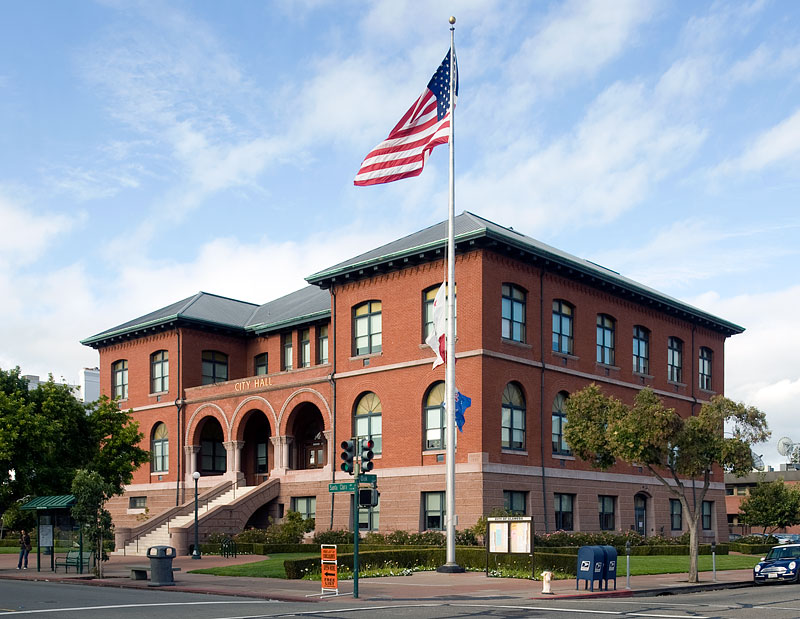
21. The borders of Alameda were made coextensive with the island in 1872, incorporating Woodstock into Alameda. In his autobiography, writer Mark Twain described Alameda as “The Garden of California.”
22. In 1917, a private entertainment park called Neptune Beach was built in the area now known as Crab Cove. Often compared to Coney Island in Brooklyn, New York, the park was a major recreation destination in the 1920s and 1930s. The original owners, the Strehlow family, partnered with a local confectioner to create treats unique to Neptune Beach. Both the American snow cone and the popsicle were first sold at Neptune Beach.
23. The Kewpie doll, hand-painted and dressed in unique hand-sewn dresses, became the original prize for winning games of chance at the beach – another Neptune Beach innovation.
24. The Strehlows owned and operated the beach on their own. They filled in a section of the bay to add an additional Olympic-size swimming pool and a roller coaster, which must have given riders a tremendous view of the bay. The Cottage Baths were available for rent.
25. Neptune Beach’s two large outdoor pools hosted swimming races and exhibitions by such notable swimmers such as Olympian Johnny Weissmuller and Jack LaLanne. Weissmuller later starred in films as the original Tarzan character. LaLanne started a longlasting chain of health clubs and appeared on television.
26. The park closed down in 1939 because the Great Depression left many people without much money, the completion of the San Francisco–Oakland Bay Bridge changed traffic patterns, people avoided paying the admission price, and the rise of car culture gave people many more choices for recreation destinations.
27. Once the Bay Bridge was complete, the rail lines, which ran past the entrance to Neptune Beach on the way to the Alameda Mole and the Ferry, lost passengers in great number as people shifted to automobiles. People began using their cars to escape the city and the close suburbs like Alameda and traveled further afield in California.
28. More distant locations appealed to cash-rich San Francisco tourists in the postwar years. Youngsters in town became aware of ways to avoid paying the dime for admission to the park. Strong swimmers or waders could sneak in on the bayside just by swimming around the fence.
29. Some resort homes and buildings from the Neptune Beach era still exist in present-day Alameda. The Croll Building, on the corner of Webster Street and Central Avenue, was the site of Croll’s Gardens and Hotel, used as training quarters for some of the greatest fighters in boxing history from 1883 to 1914.
30. The vast majority of the Neptune Beach structures – the hand-carved carousel from the world-famed Dentzel Company, the Ferris wheel, the roller coaster, and other rides – were auctioned off in 1940, yielding pennies on the dollar of their original cost. The city did not construct any swimming facilities or develop a local beach to replace that of Neptune Beach.

